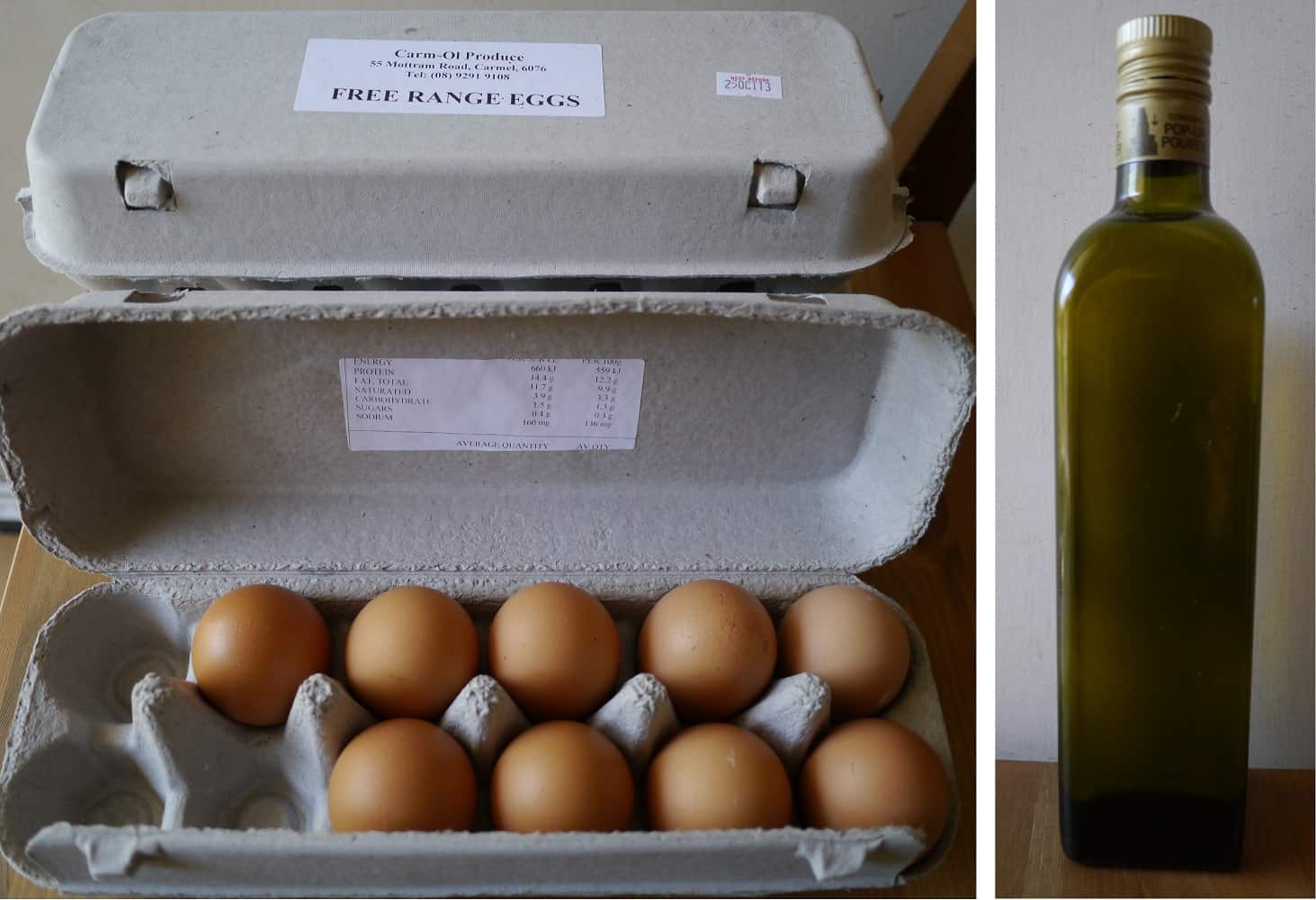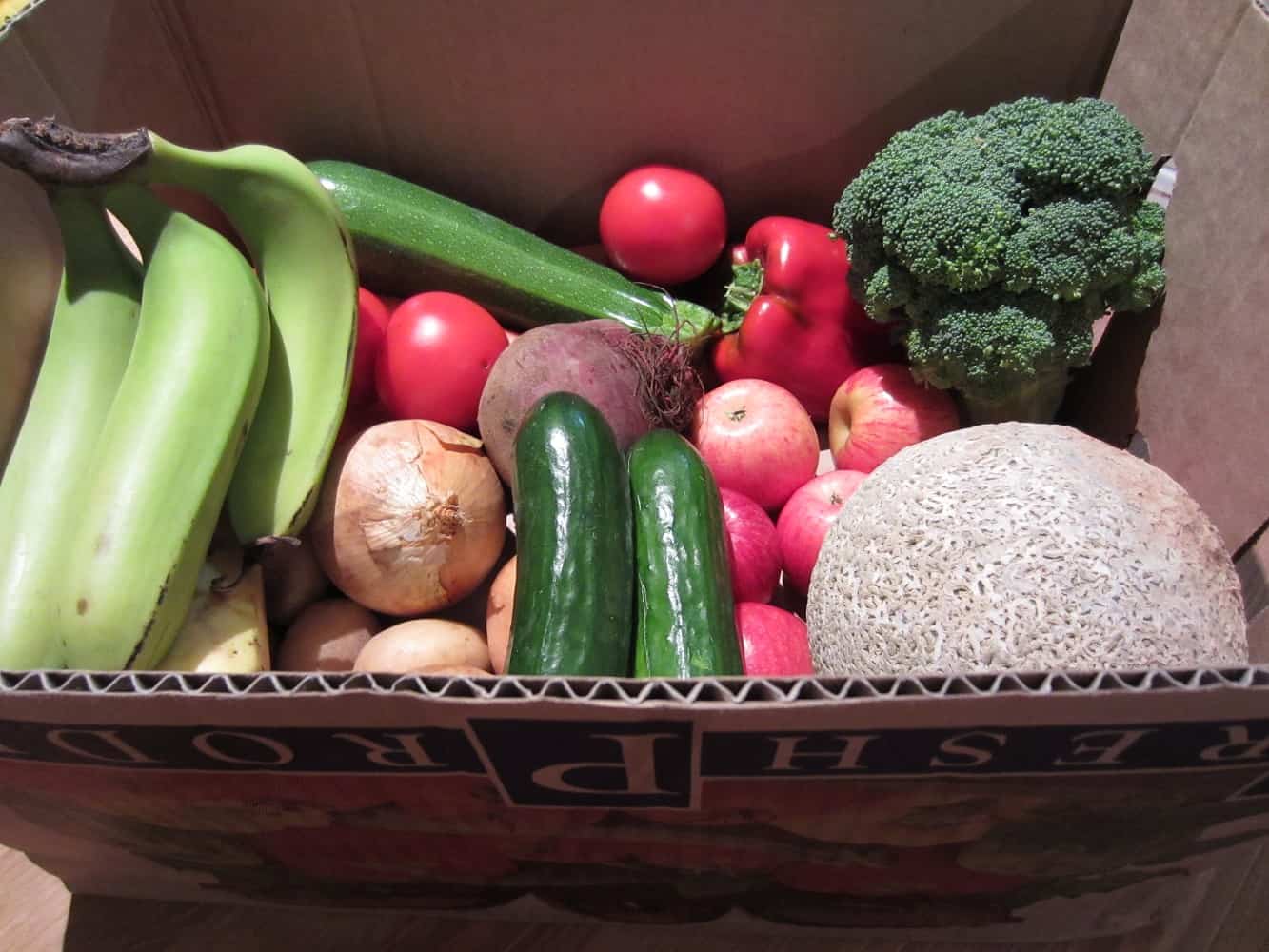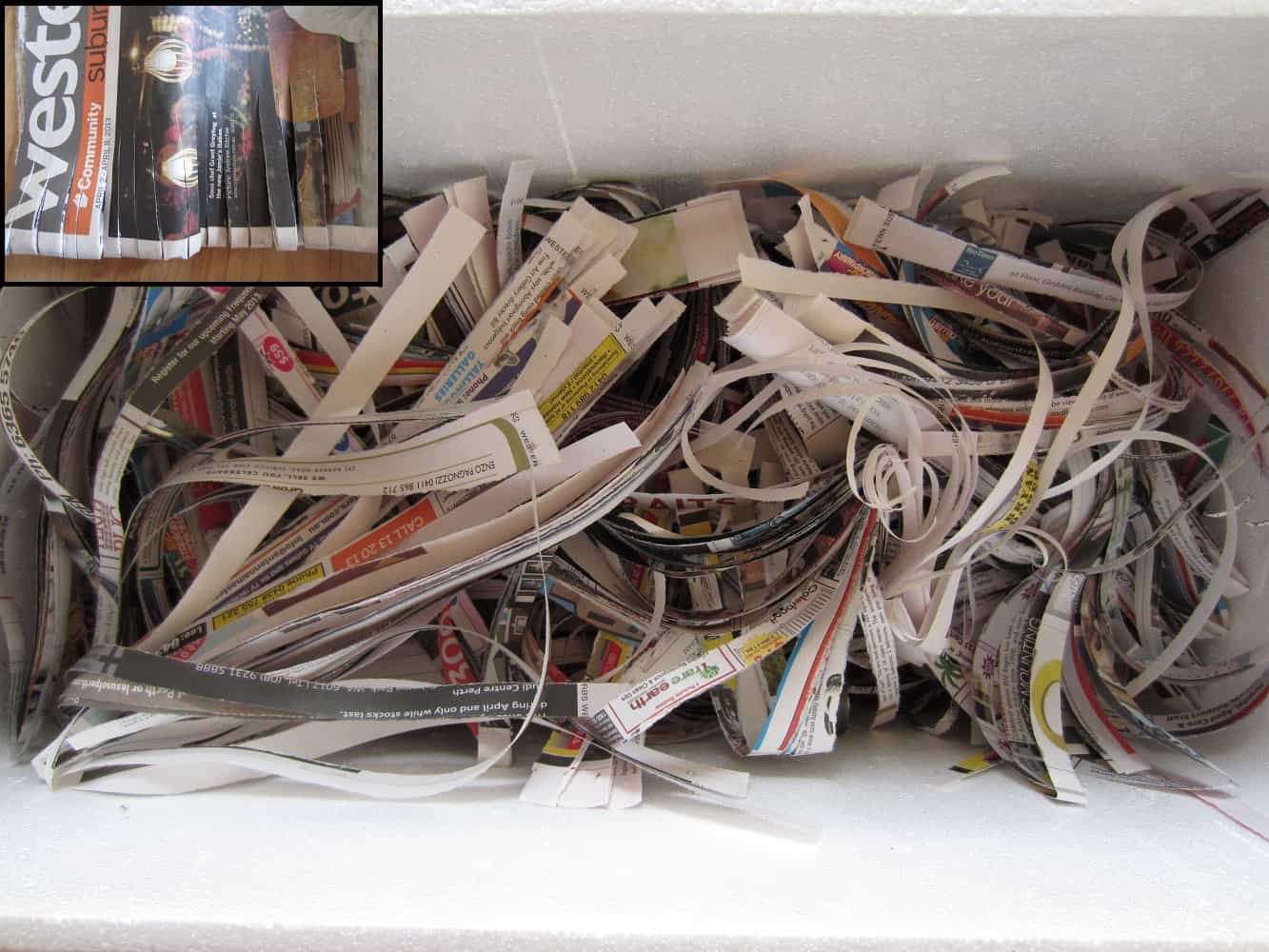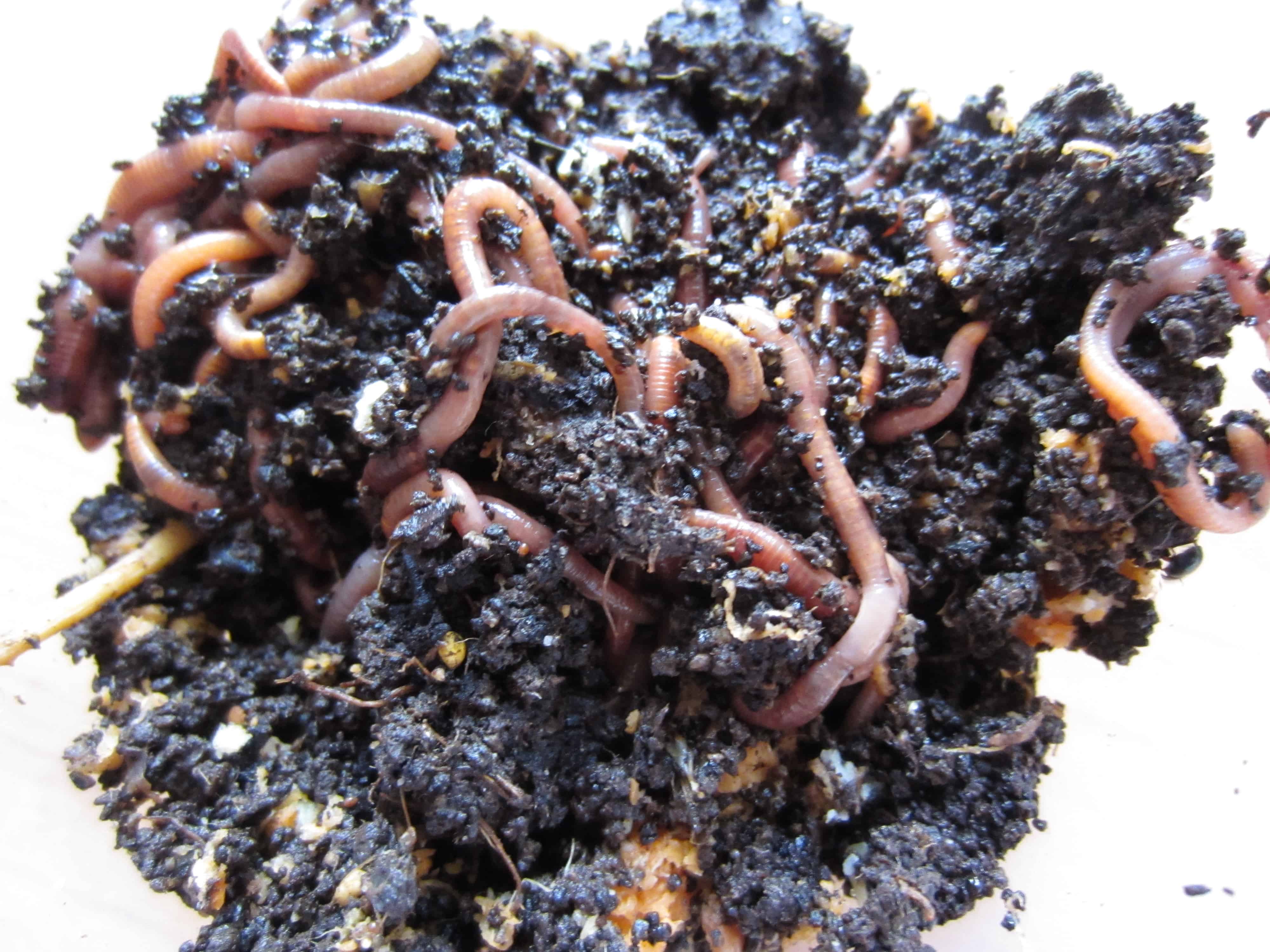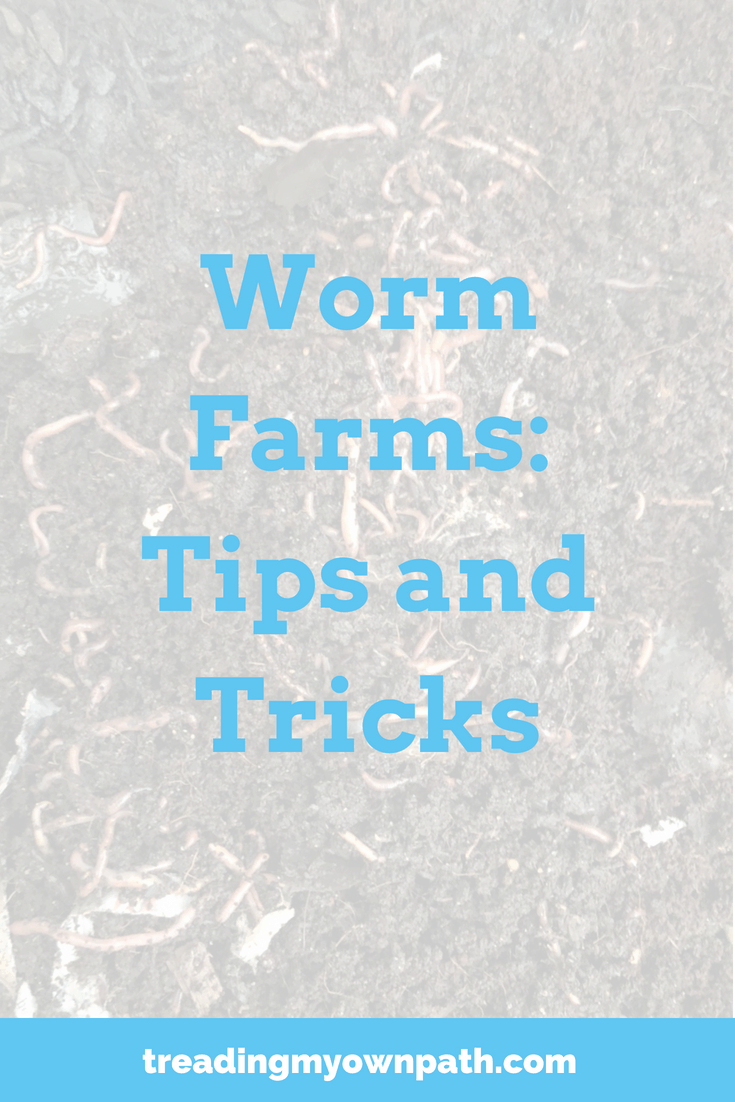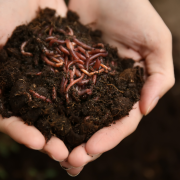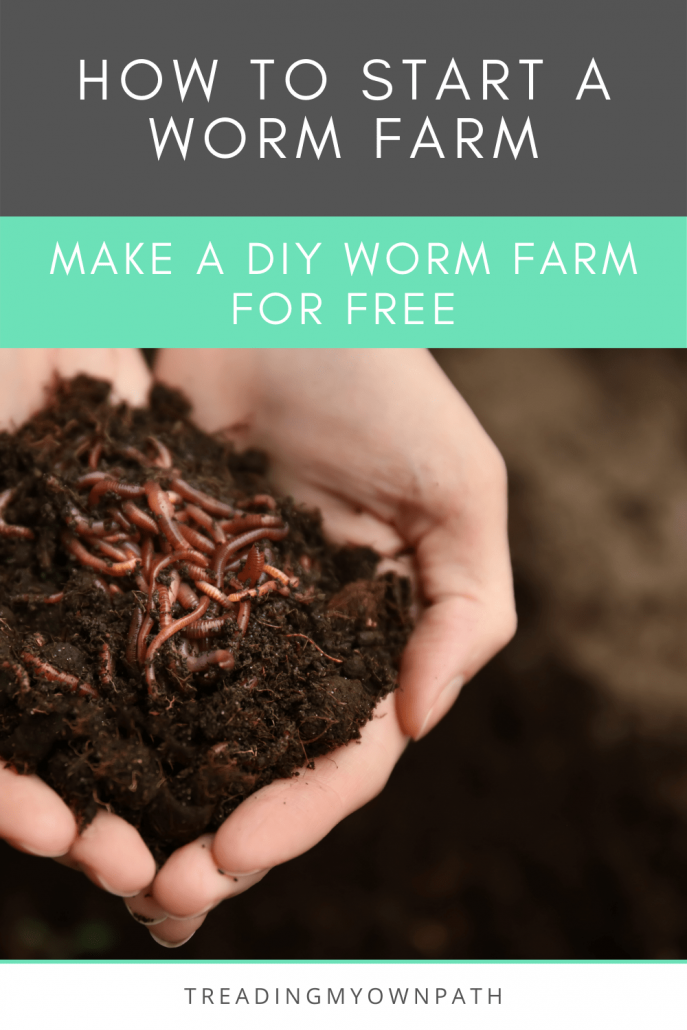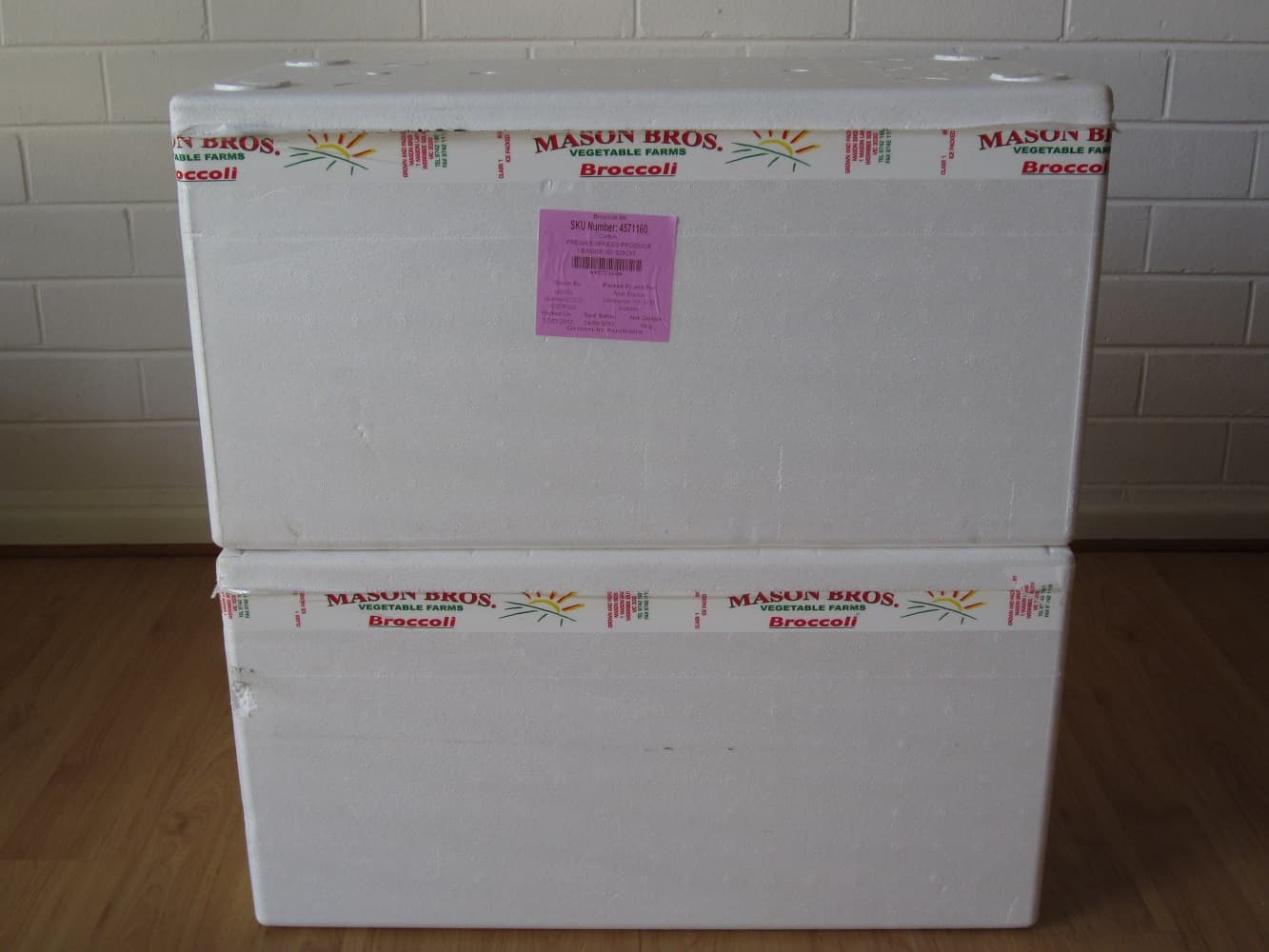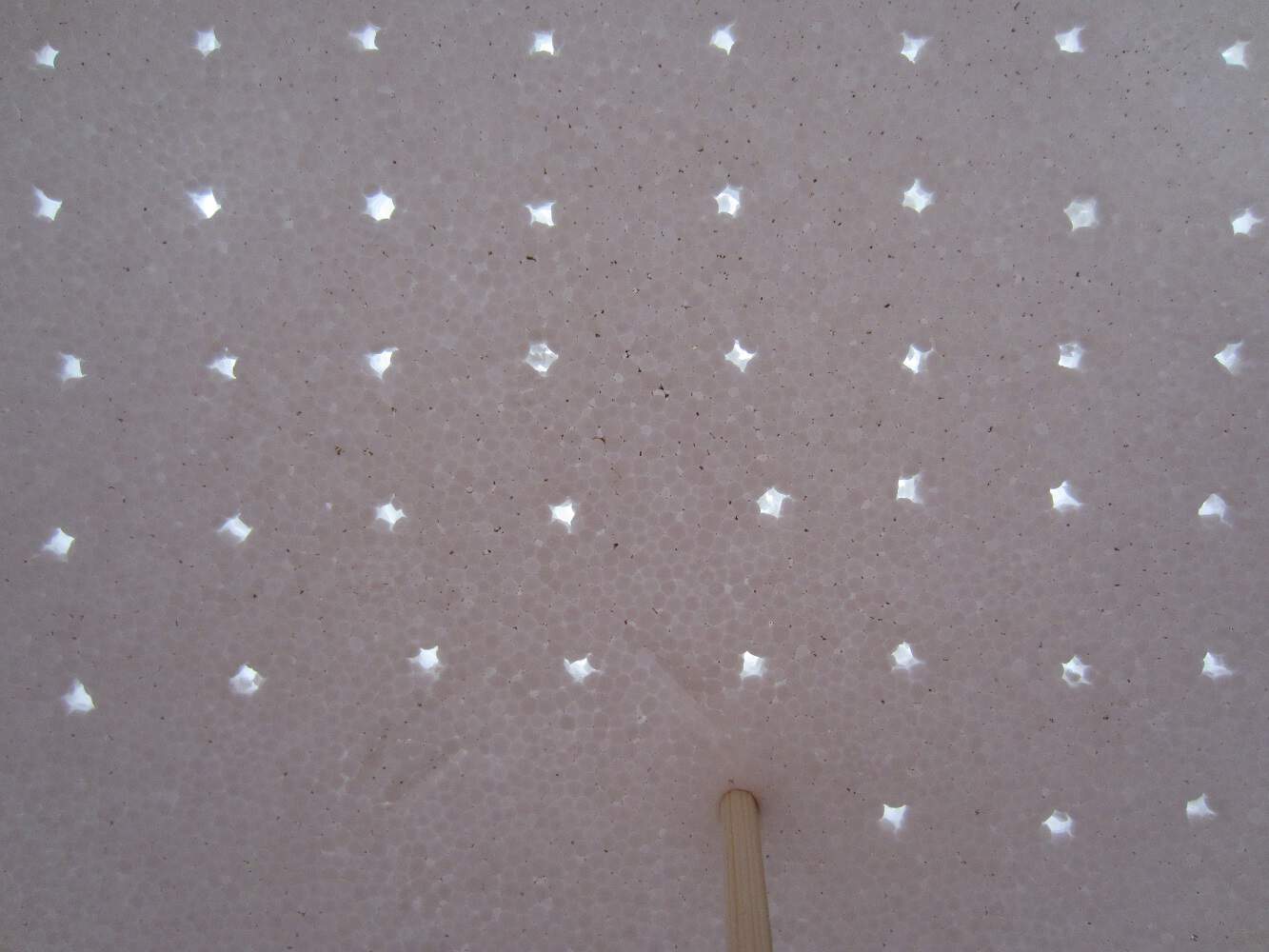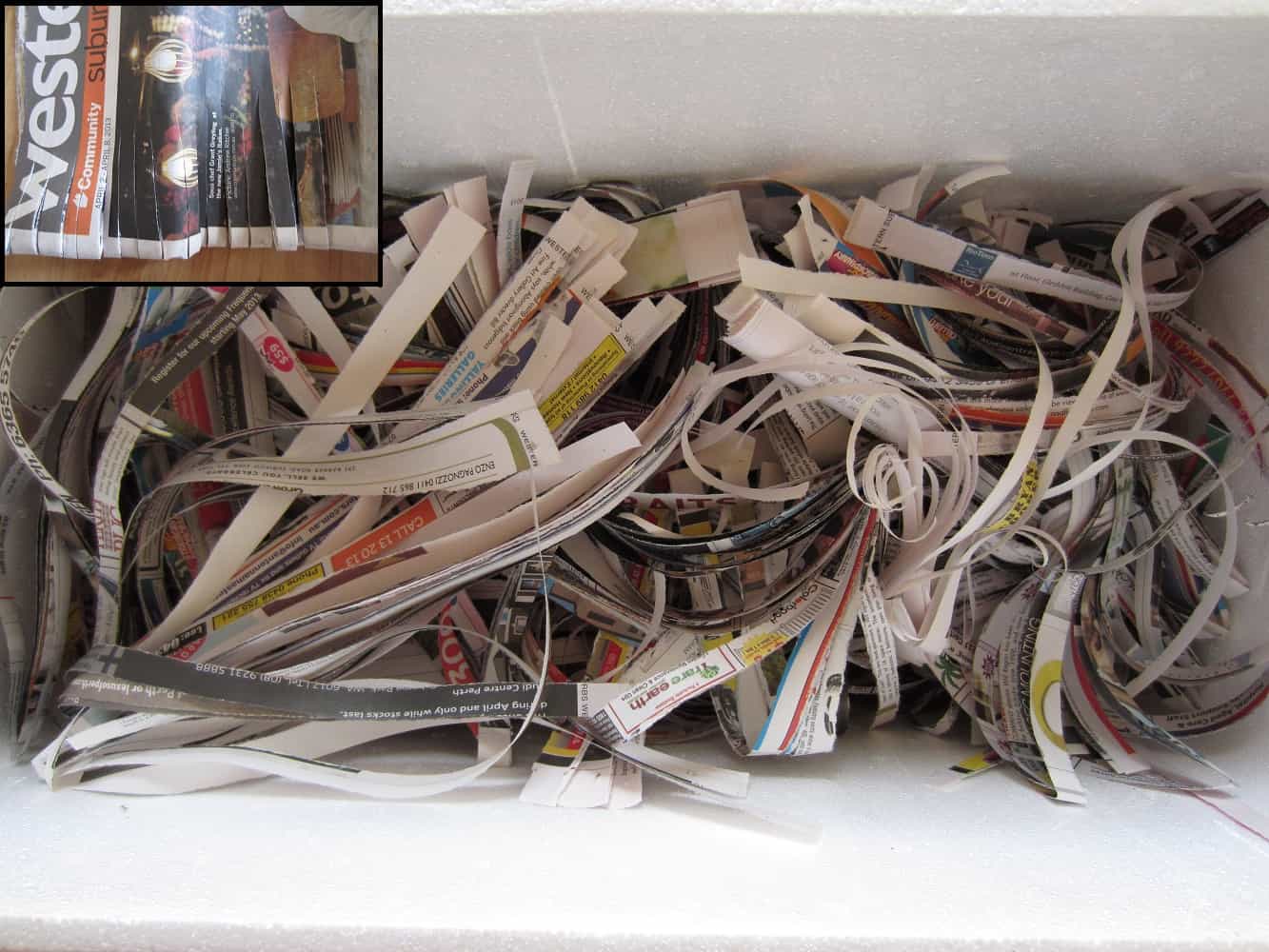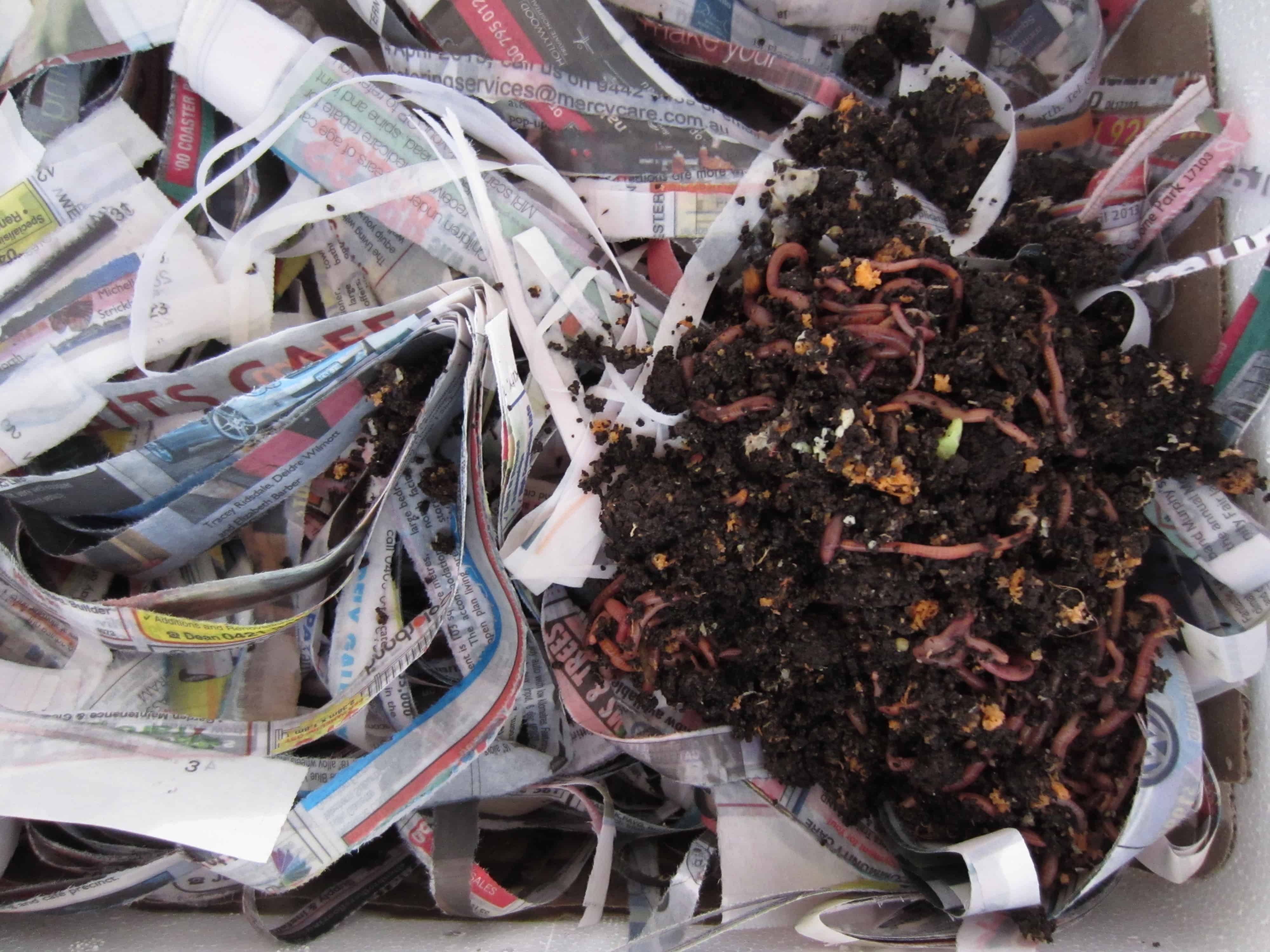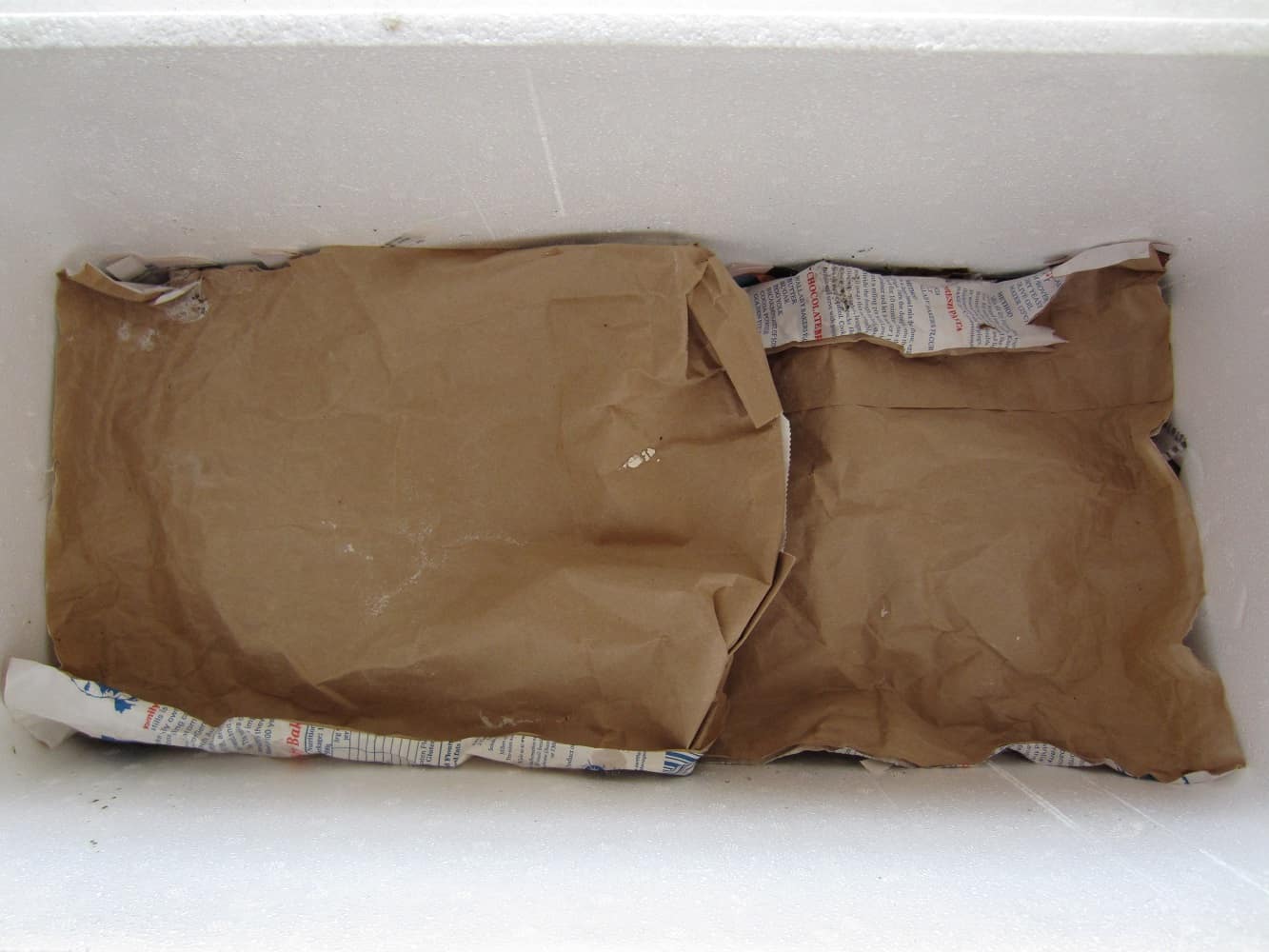Make Your Own: Plastic-free, Sugar-free Muesli
I used to be a huge lover of breakfast cereals. I’d hoard them. I actually had a cupboard dedicated to breakfast cereal. I liked to have a minimum of 5 different choices in my cupboard, and I remember once having 11 different types on the go. I’m not the only one either, it seems. In 2011 Australians spent $1.17 billion on breakfast cereal, and consumed almost 8 kilos per person!
My tastes changed over time of course – as a kid I loved Frosties (I cringe at that thought now), as a teenager my staple cereal was Fruit ‘n’ Fibre, and as an adult I fell for those luxury muesli lines with the beautiful packaging.
But then I began to fall out of love with cereals. Firstly there was the media reports revealing how cereals are way too high in salt and sugar. Low fat cereals are particularly high in sugar, and a UK study found cornflakes that contained as much salt as ready-salted crisps. Next was the constant bombardment of adverts and marketing. Oh we’ve made this new product. Oh we’ve made that new product. Oh we’ve made a chocolate version! A cereal bar version! A chocolate cereal bar version! I started getting cereal company fatigue. And then there was the packaging. Boxes that would appear enormous until I opened them to find the contents only half-filled the bag inside. Or packets that would declare “contain 20 servings”, only for me to discover that their interpretation of a serving was 4 teaspoons, and for my portions, the box contained nearer to four servings. Which actually made cereal a rather expensive habit.
And the final straw? Plastic. When I gave up buying anything in plastic, only a couple of options remained. Some super fancy muesli sold in glass jars for exorbitant prices, or plain oats in cardboard. The love affair was over.
But recently, I’ve started craving cereal again, and so I’ve started making my own using the ingredients I get from the bulk-bin stores. It’s super easy and there are limitless possibilities. This recipe is my current base.
I wanted to keep it sugar-free so it doesn’t contain any dried fruit. If one morning I fancy something sweet I add some fresh fruit, or blend a banana with some (cashew) milk and sprinkle the muesli on top.
Or I add a teaspoon of bee pollen or a tablespoon of cacao nibs. You can always add the sugar in, but you can’t take it out!

Recipe: plastic-free, sugar-free muesli
Ingredients:
3 cups coconut flakes
2 cups oats
1/2 cup brazil nuts
1/2 cup peanuts
1/2 cup raw almonds
1/2 cup pumpkin seeds/pepitas
80ml macadamia oil (or other high quality, flavourless oil)
Method:
[I soak my almonds and pumpkin seeds overnight to activate them and make them more digestible, and then dry them out before chopping and adding to the mix. If you can’t be bothered with this step or are short of time, just skip it.]
Roughly chop the brazil nuts, peanuts and almonds. Combine in a bowl with the coconut flakes and oats. Stir in the oil and mix well until everything is well coated.
Line a baking tin with baking paper. Spread the mixture evenly over the paper and bake at 100ºC for 30 minutes, until golden. Leave to cool.
Store in a glass jar. It will keep for a few weeks, but I think it is better to make small batches and more often to keep it fresh.
Enjoy!
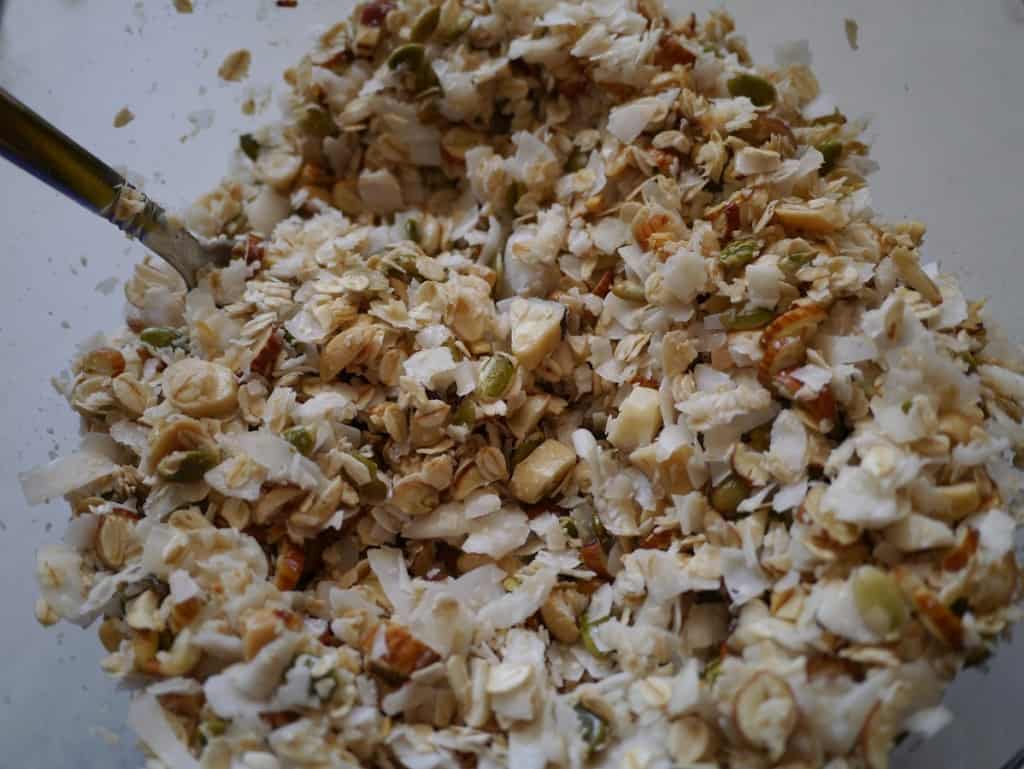
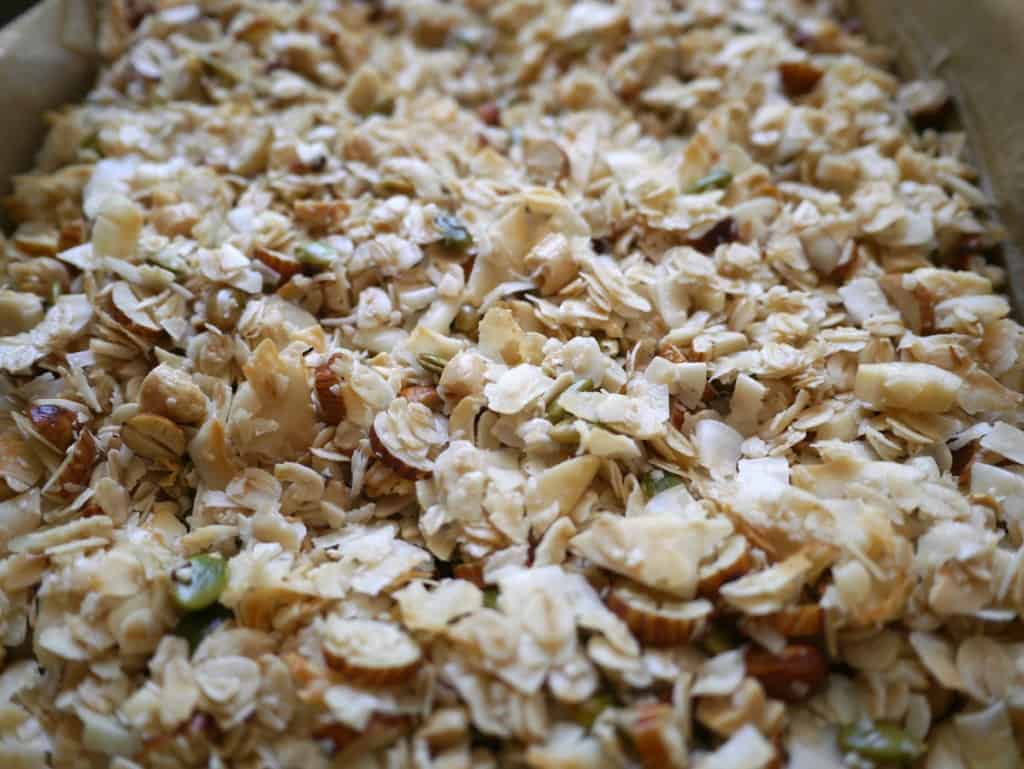
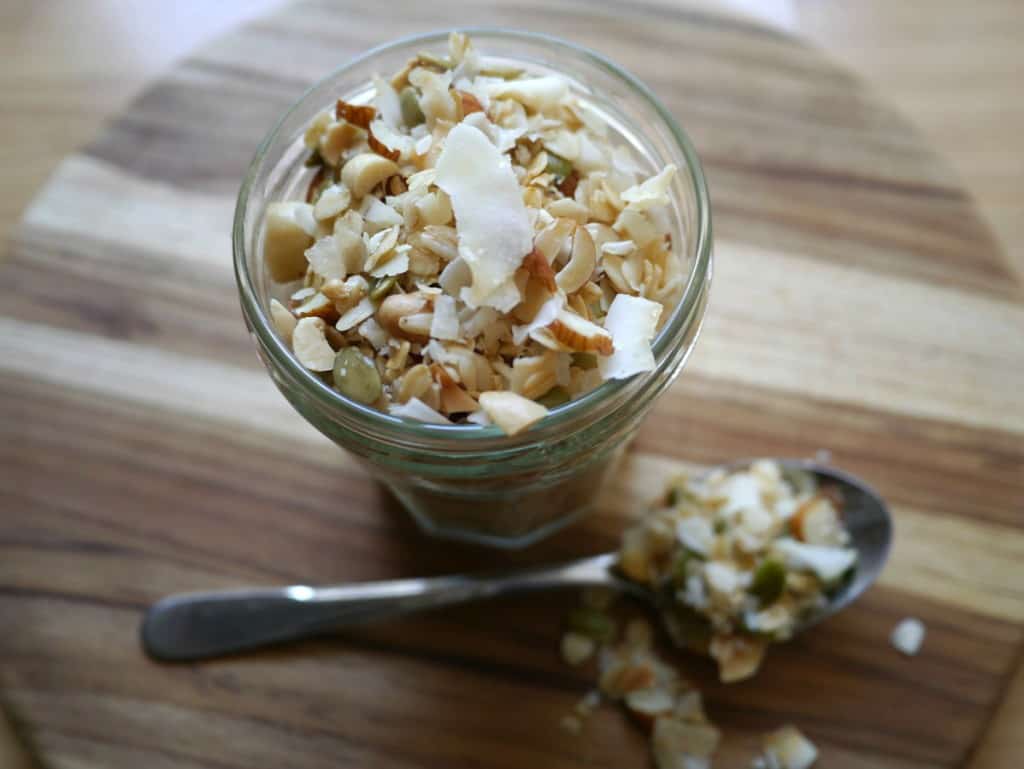
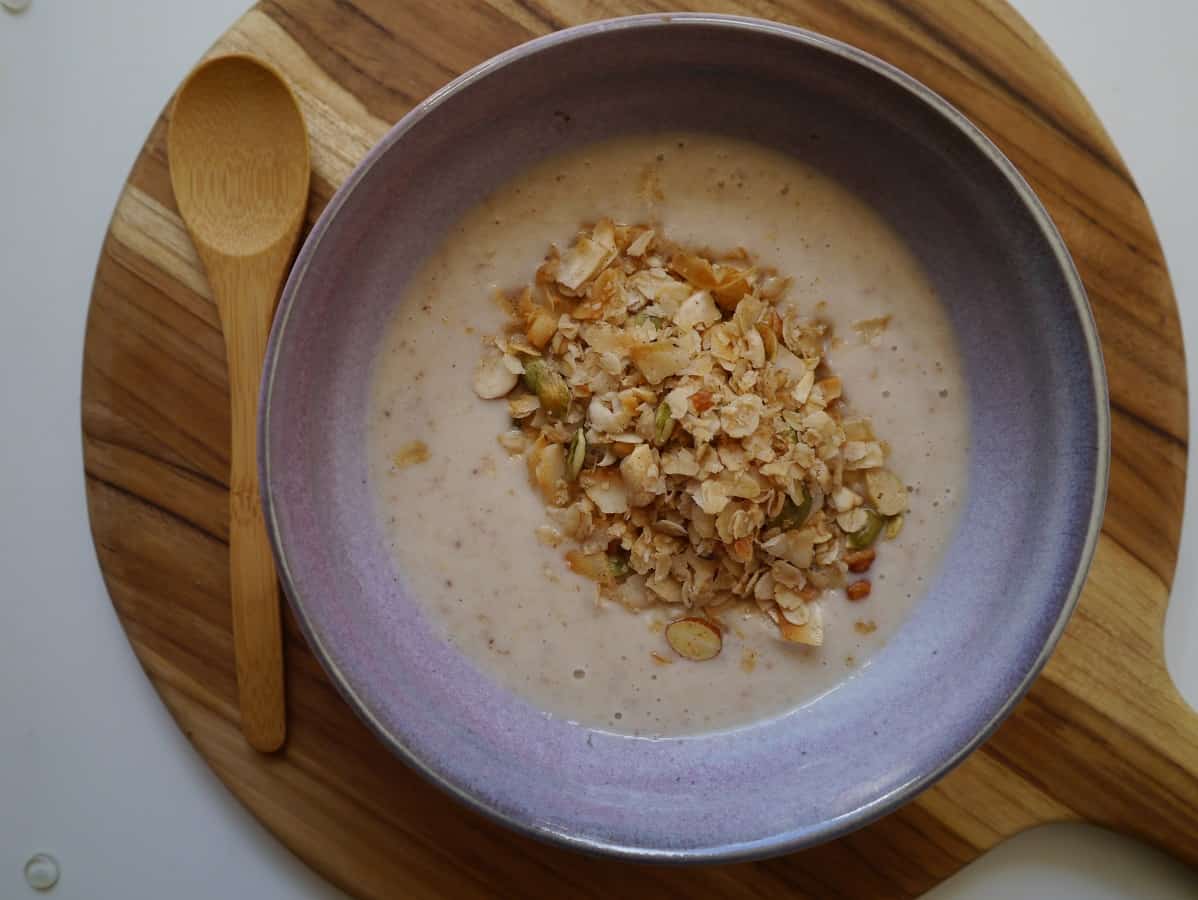
This delicious breakfast was made using half a banana blended with half a cup of cashew nut milk to form the base, and topped with half a cup of muesli. I like doing things by halves, it seems!
[leadpages_leadbox leadbox_id=1429a0746639c5] [/leadpages_leadbox]





